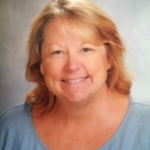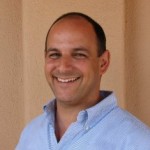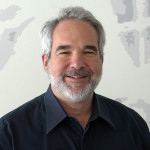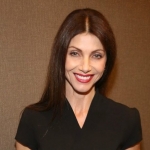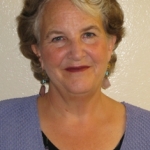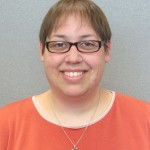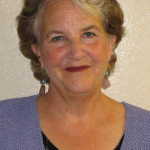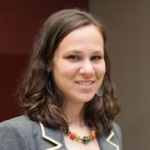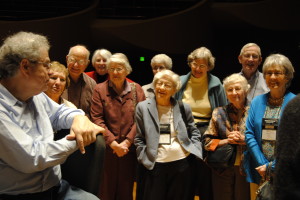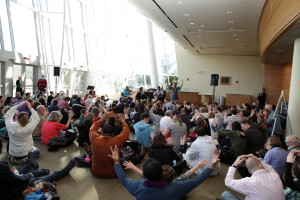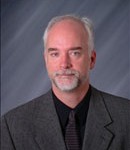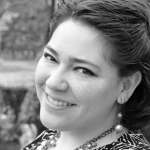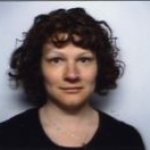
Ms. Talia Gibas
Arts Administration and Passion-Driven Learning
Posted by Aug 15, 2014

Ms. Talia Gibas
Last week I had the privilege of attending “The Arts and Passion-Driven Learning,” a three-day institute with Harvard Project Zero. Brilliantly, the institute was presented in collaboration with The Silkroad Ensemble; after treating us to an inspired performance, Silkroad musicians joined us as facilitators and learners for the full three days. Thanks to them, the sessions prompted frank and moving conversations about rehearsal as a learning environment, how artistic risk-taking can feel like liberation and/or transgression, and how cultural differences manifest in unexpected and uncomfortable ways.
On the morning of our second day, I had an uncomfortable thought. I was attending the institute as neither a classroom teacher nor an artist, but as an arts education administrator. Understanding how to keep teachers and students engaged obviously informed my work. But I wondered – can arts administration be as “passion-driven” as teaching and learning? If I believe teachers should be given license to examine how and why they stay invested in their teaching practice, shouldn’t I do the same for my own work as an administrator?
Read More

